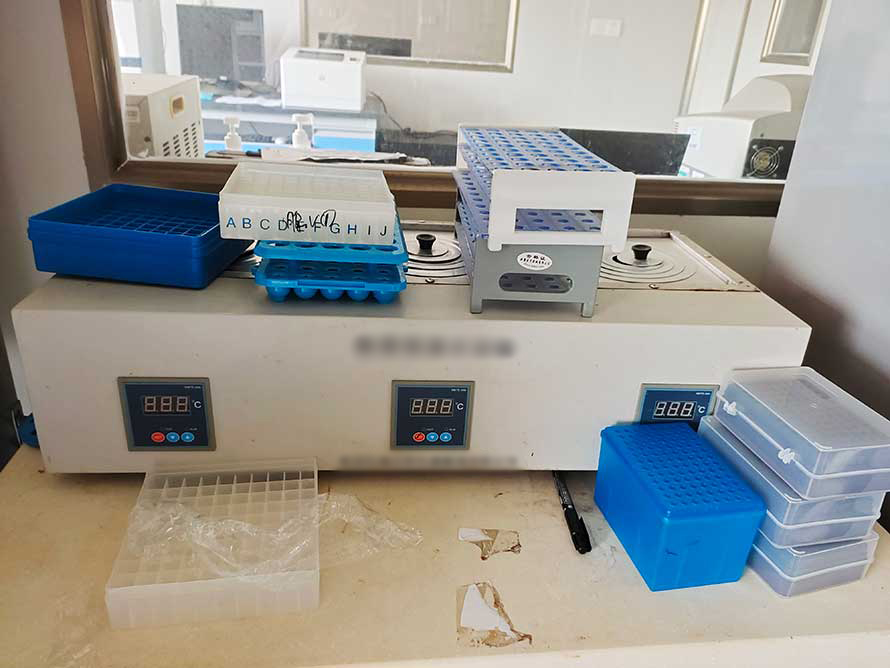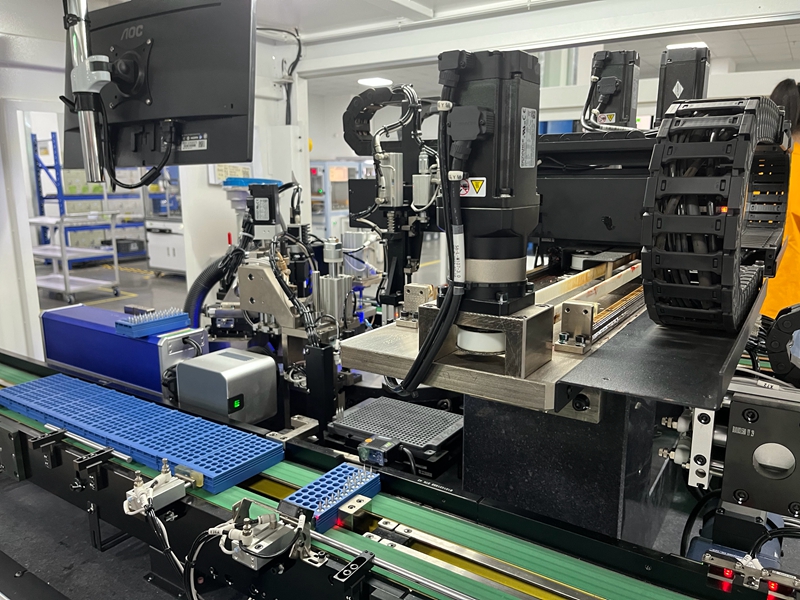Selection of Data Fusion Algorithms and Application Scenarios in Sensor Fusion Technology for Instrument Manufacturing
Sensor fusion technology plays an increasingly important role in the field of instrument manufacturing. It integrates measurements from various sensors to obtain more accurate and comprehensive information about the environment or objects. In this process, choosing the appropriate algorithm for data fusion is crucial, as it directly affects the accuracy and reliability of the final results. This article will discuss the selection of data fusion algorithms in sensor fusion technology for instrument manufacturing and its application scenarios.
Part One: Selection of Data Fusion Algorithms
In sensor fusion technology, the selection of data fusion algorithms mainly depends on application scenarios, sensor characteristics, and the types of data to be processed. Common data fusion algorithms include least squares method, Kalman filter, extended Kalman filter, particle filter, and multi-objective tracking filter. These algorithms have their respective advantages and disadvantages and are suitable for different application scenarios. For example, Kalman filter and extended Kalman filter are suitable for systems with linear dynamic models, while particle filter and multi-objective tracking filter are suitable for nonlinear systems or high-dimensional data.
characteristics, and the types of data to be processed. Common data fusion algorithms include least squares method, Kalman filter, extended Kalman filter, particle filter, and multi-objective tracking filter. These algorithms have their respective advantages and disadvantages and are suitable for different application scenarios. For example, Kalman filter and extended Kalman filter are suitable for systems with linear dynamic models, while particle filter and multi-objective tracking filter are suitable for nonlinear systems or high-dimensional data.
Part Two: Application Scenarios
Intelligent Manufacturing: In the field of intelligent manufacturing, sensor fusion technology can integrate data from different sensors, thus enabling real-time monitoring and optimization of the production process. For example, by integrating data from sensors such as temperature, humidity, and pressure, it is possible to achieve precise control of the production environment, thereby improving production efficiency and product quality.
Autonomous Driving: In the field of autonomous driving, sensor fusion technology can integrate data from sensors such as LiDAR, cameras, and radar, thus enabling precise perception of the surrounding environment. For example, by integrating data from multiple sensors, it is possible to accurately identify roads and obstacles, thereby improving the safety and reliability of autonomous driving.
thereby improving the safety and reliability of autonomous driving.
Medical Health: In the field of medical health, sensor fusion technology can integrate data from sensors such as heart rate, blood pressure, and blood glucose, thus enabling real-time monitoring of patients' health conditions. For example, by integrating data from multiple sensors, it is possible to accurately monitor patients' vital signs, thereby improving the quality of medical services.
In summary, the application of sensor fusion technology in instrument manufacturing has a broad prospect. Choosing appropriate algorithms for data fusion can effectively improve the accuracy and reliability of the instrument manufacturing process. In the future, with the continuous progress of sensor technology and the deepening of algorithm research, sensor fusion technology will play an increasingly important role in more fields.
